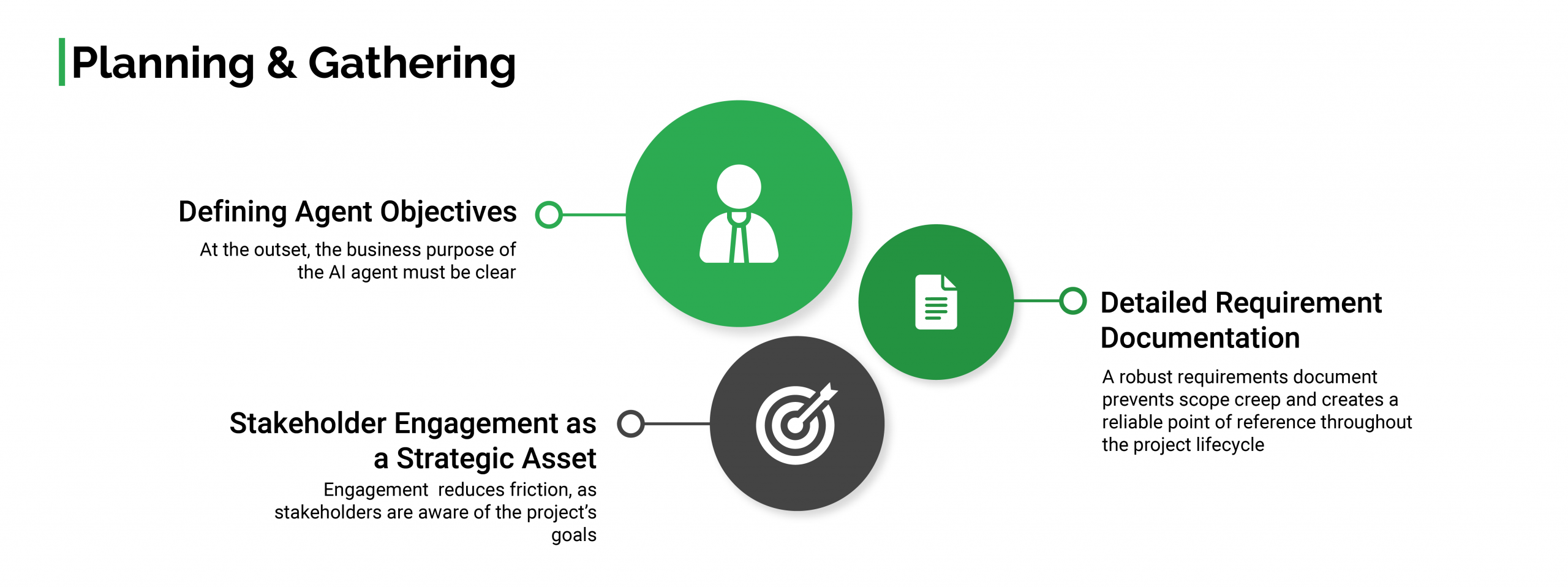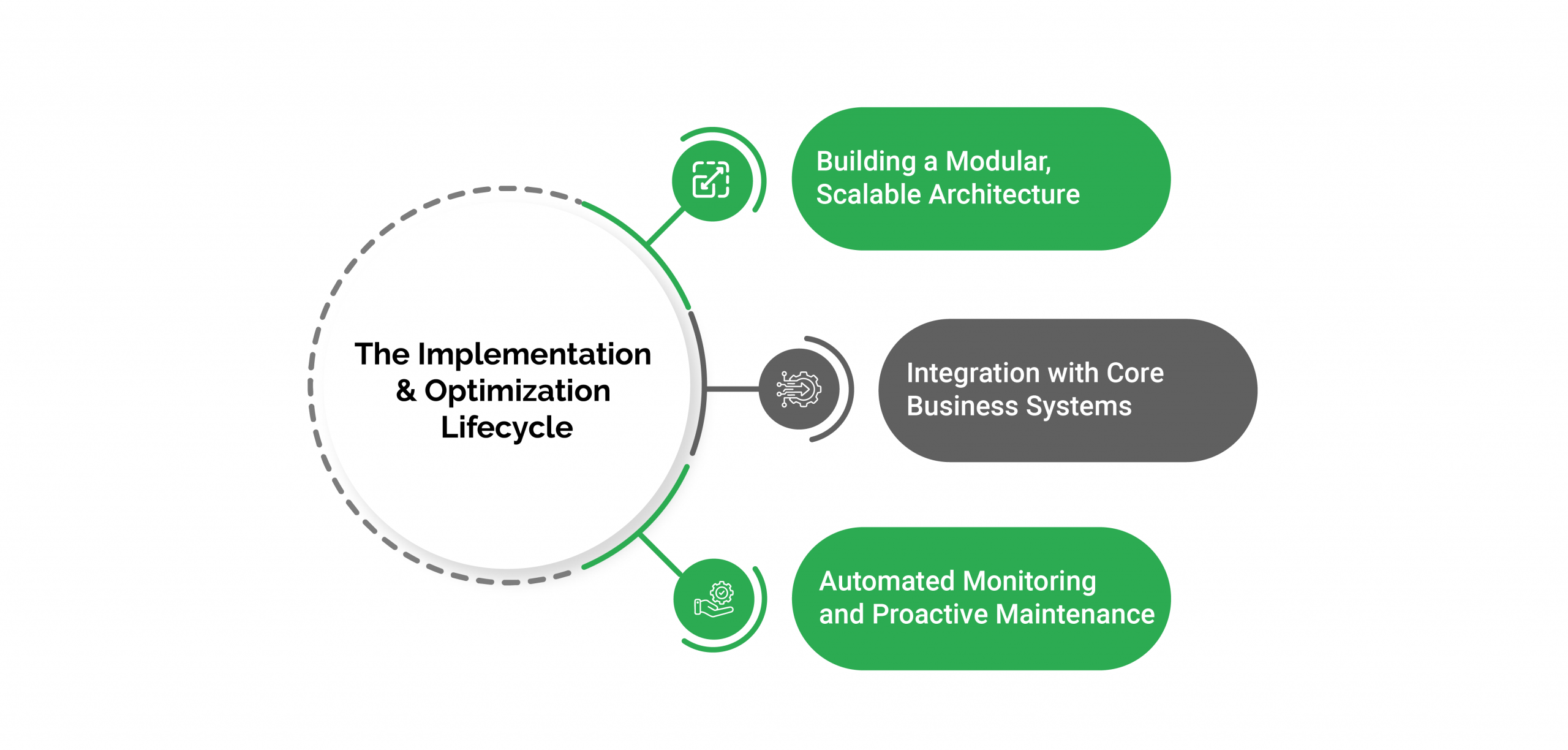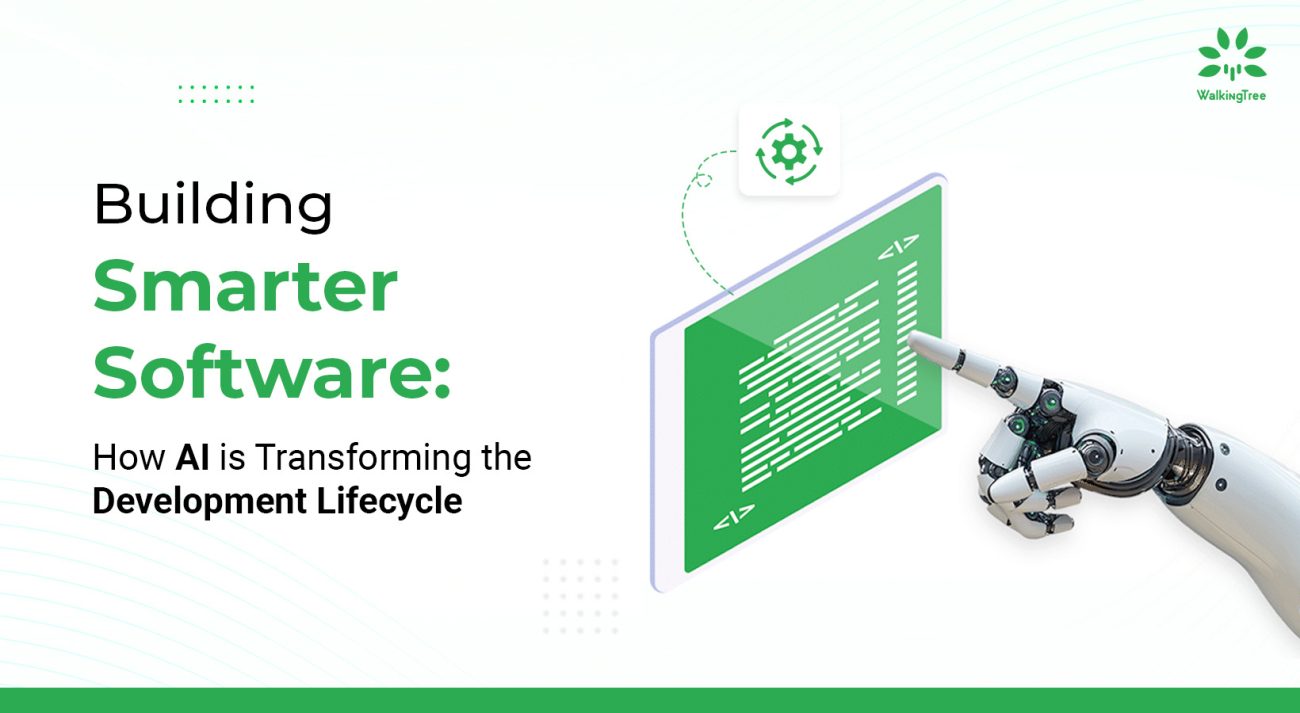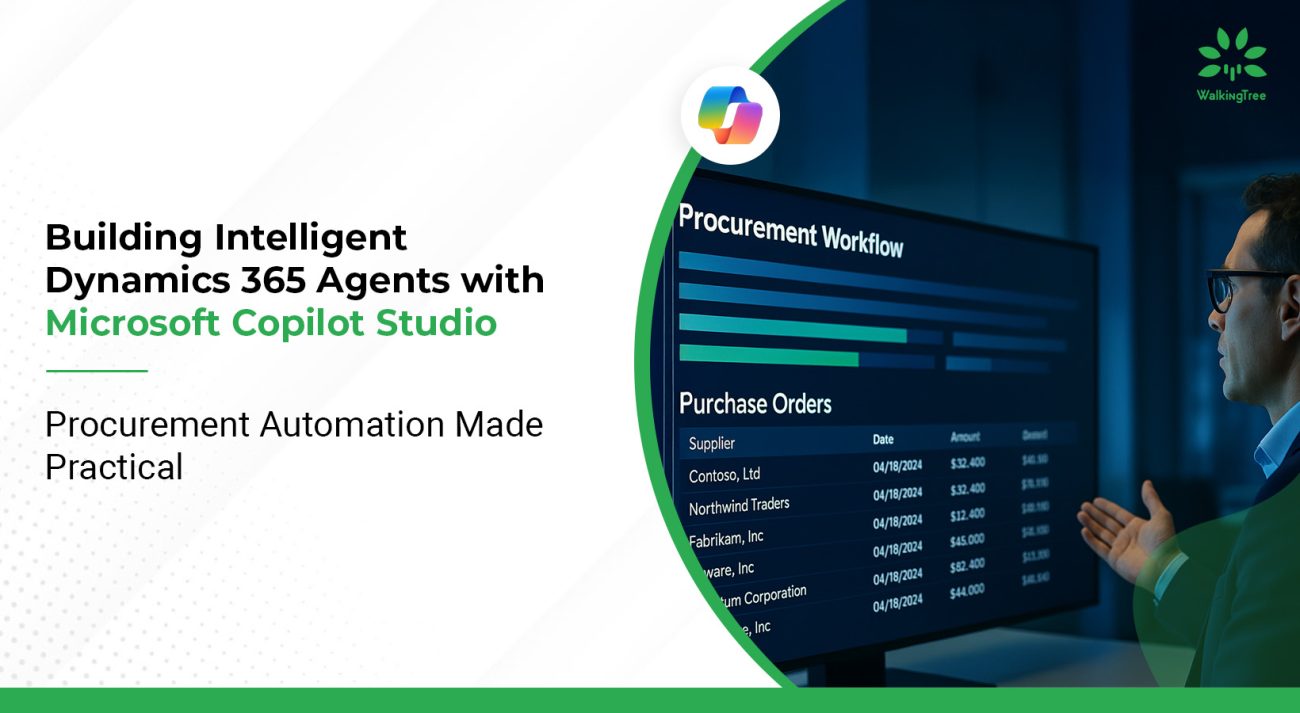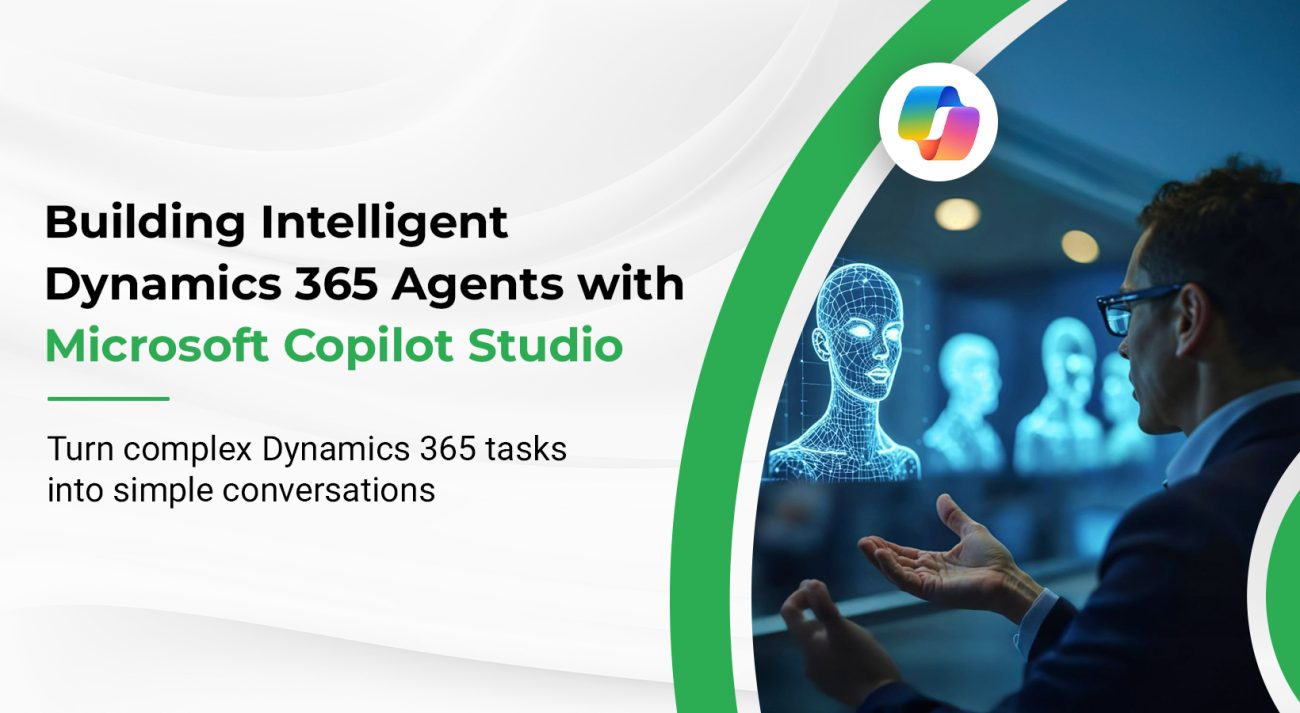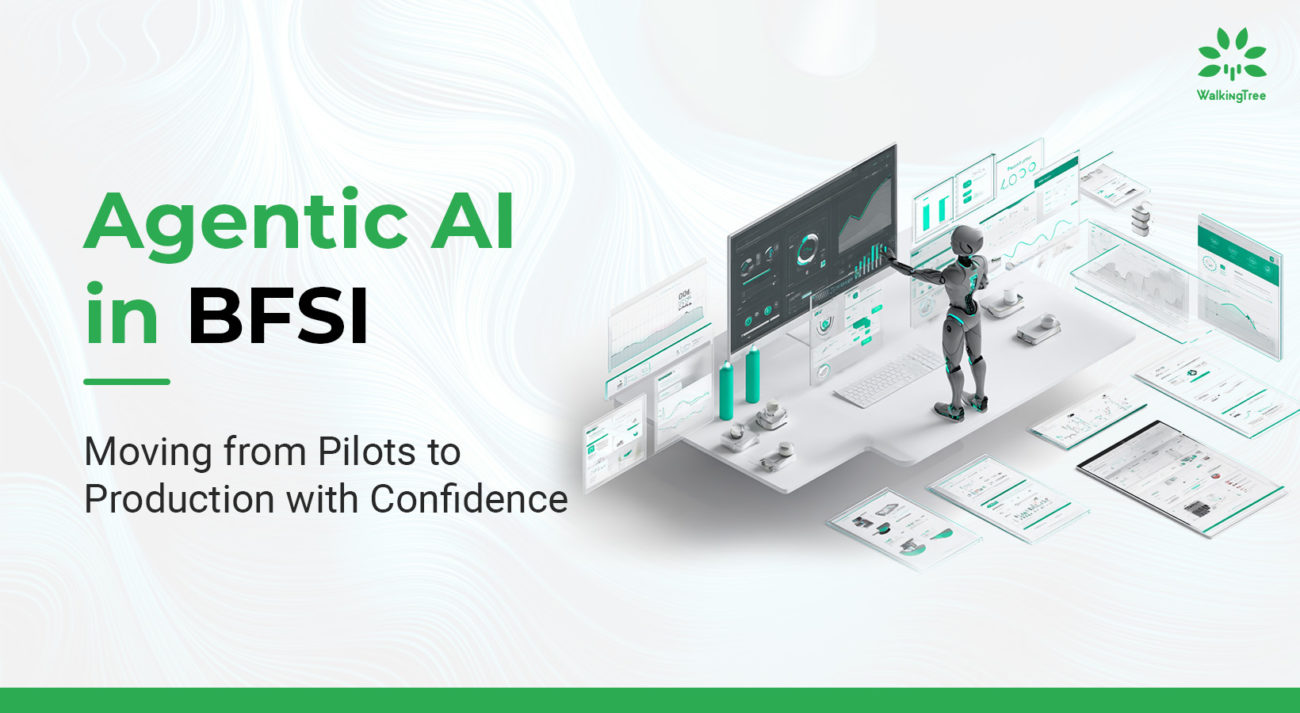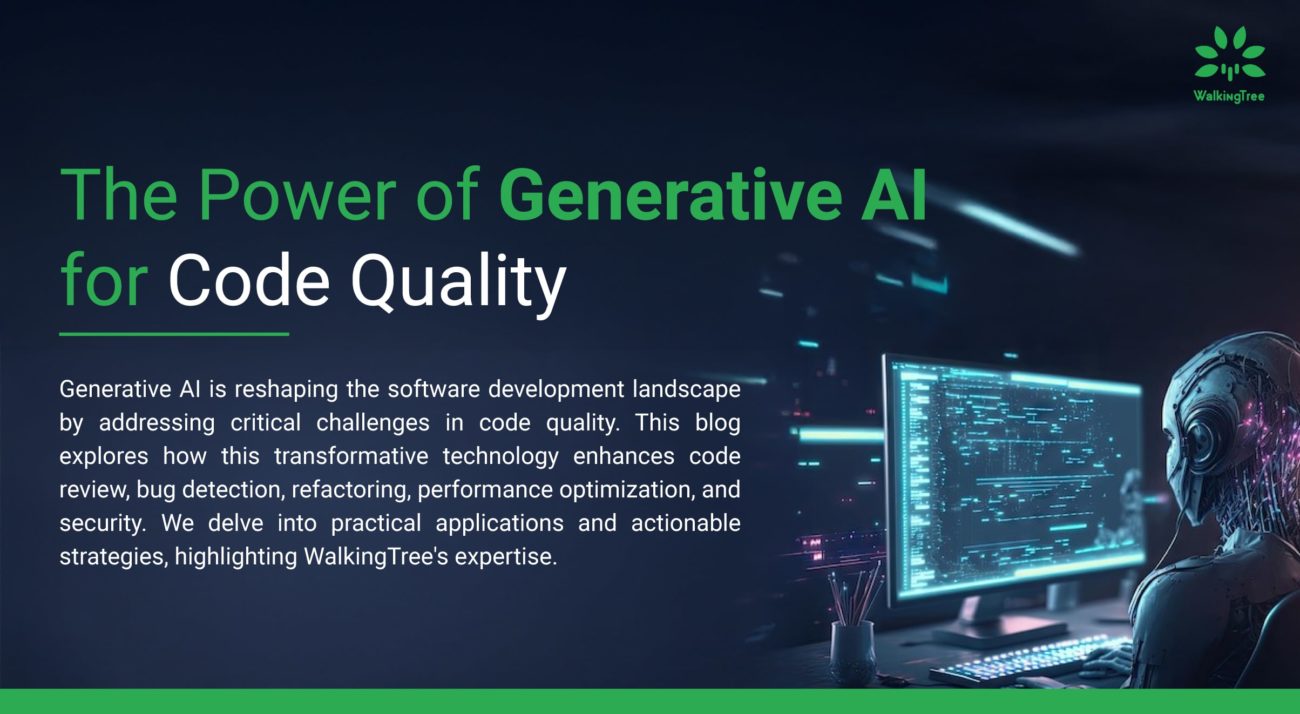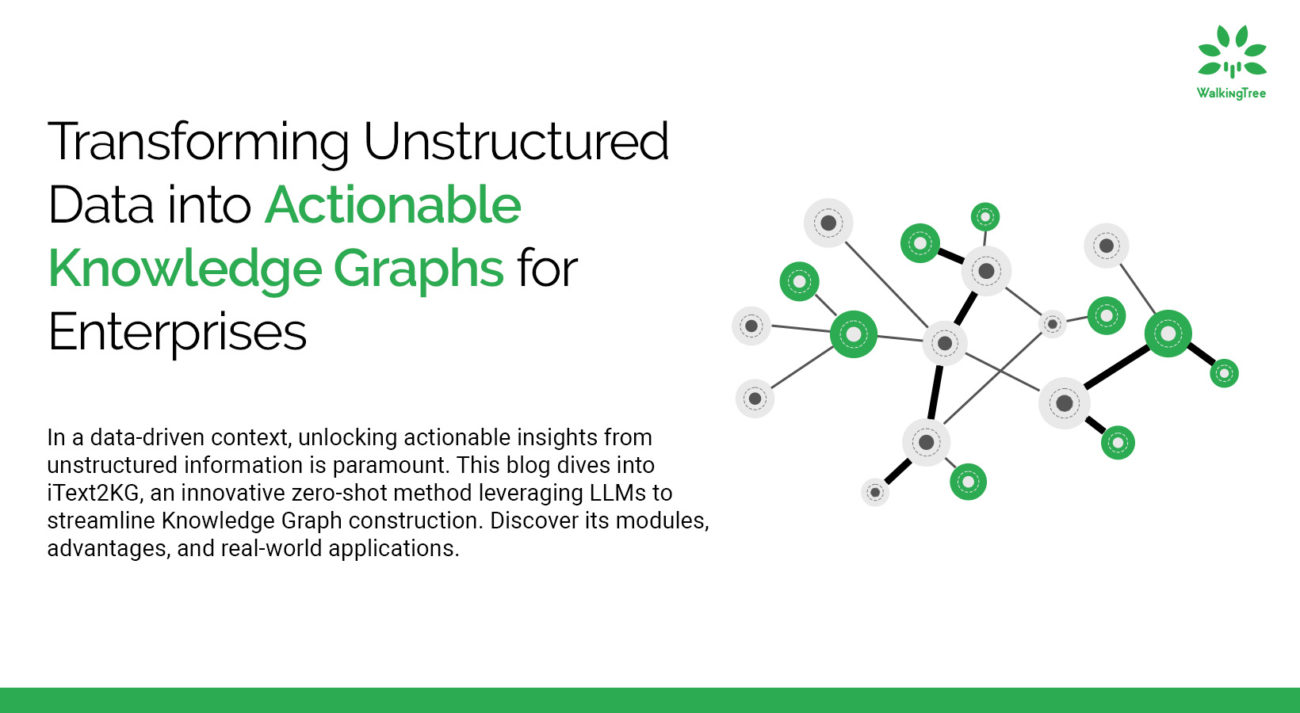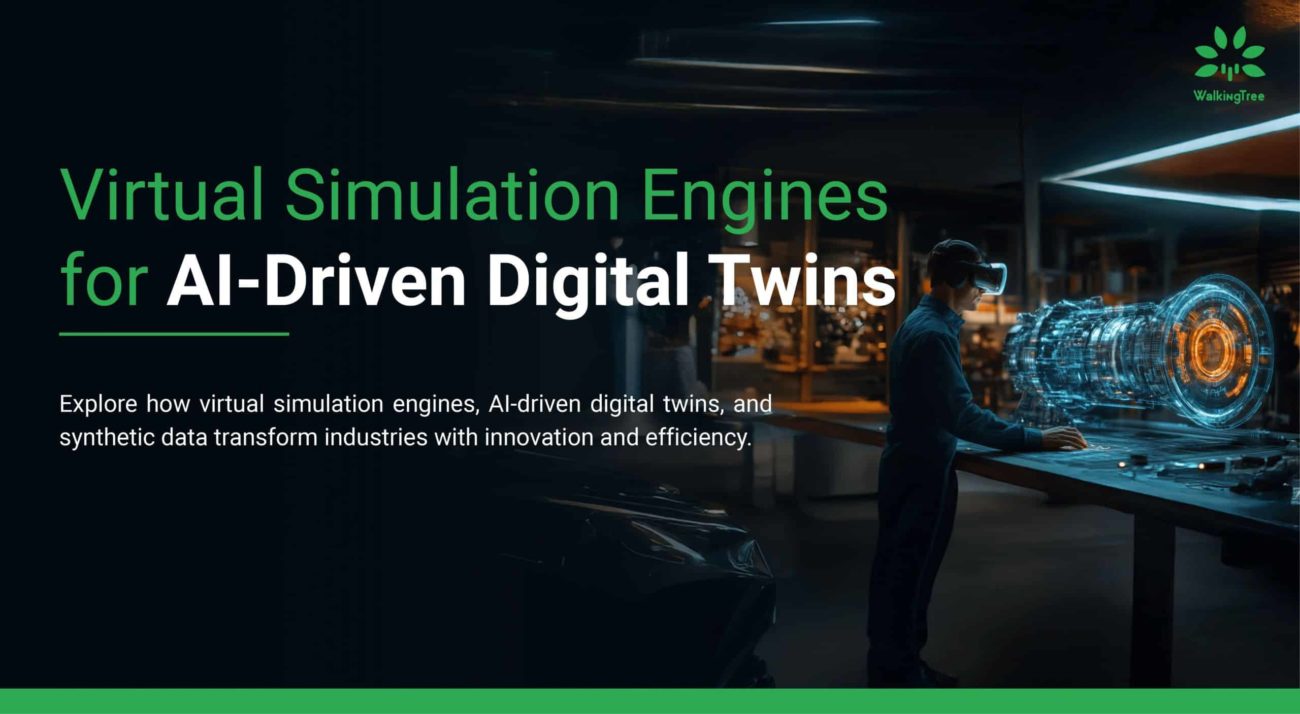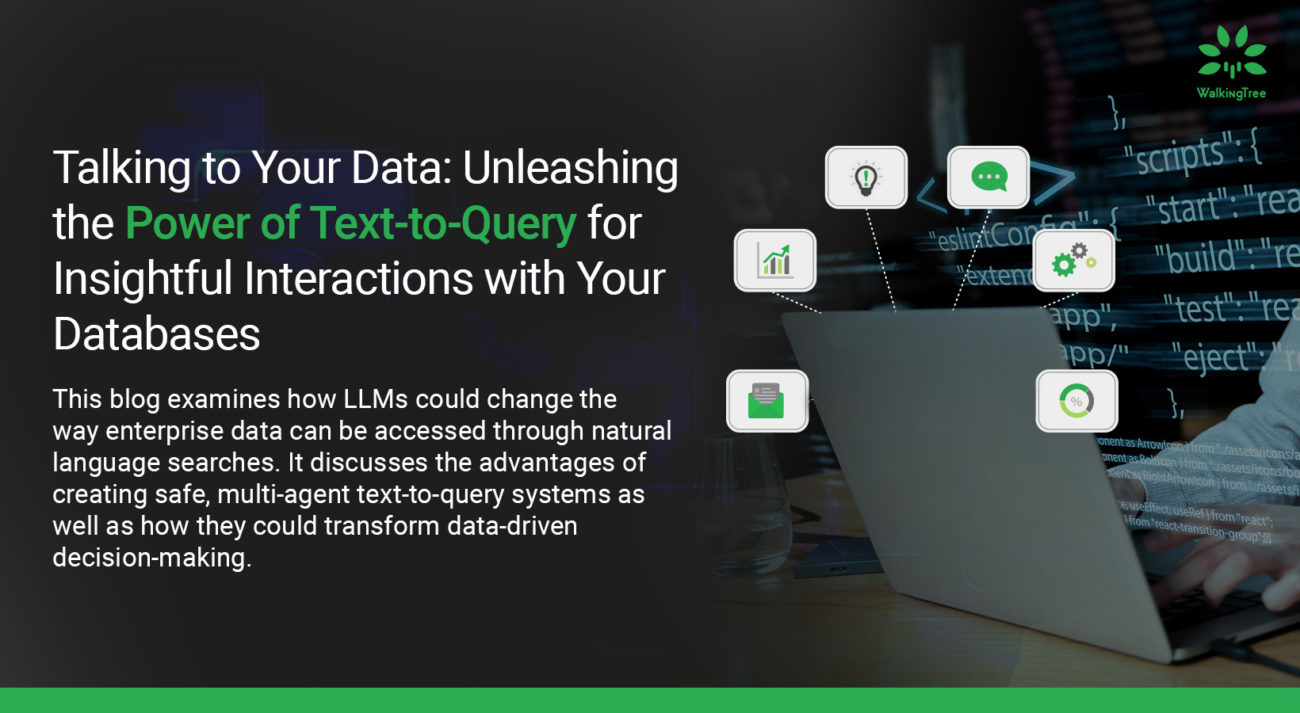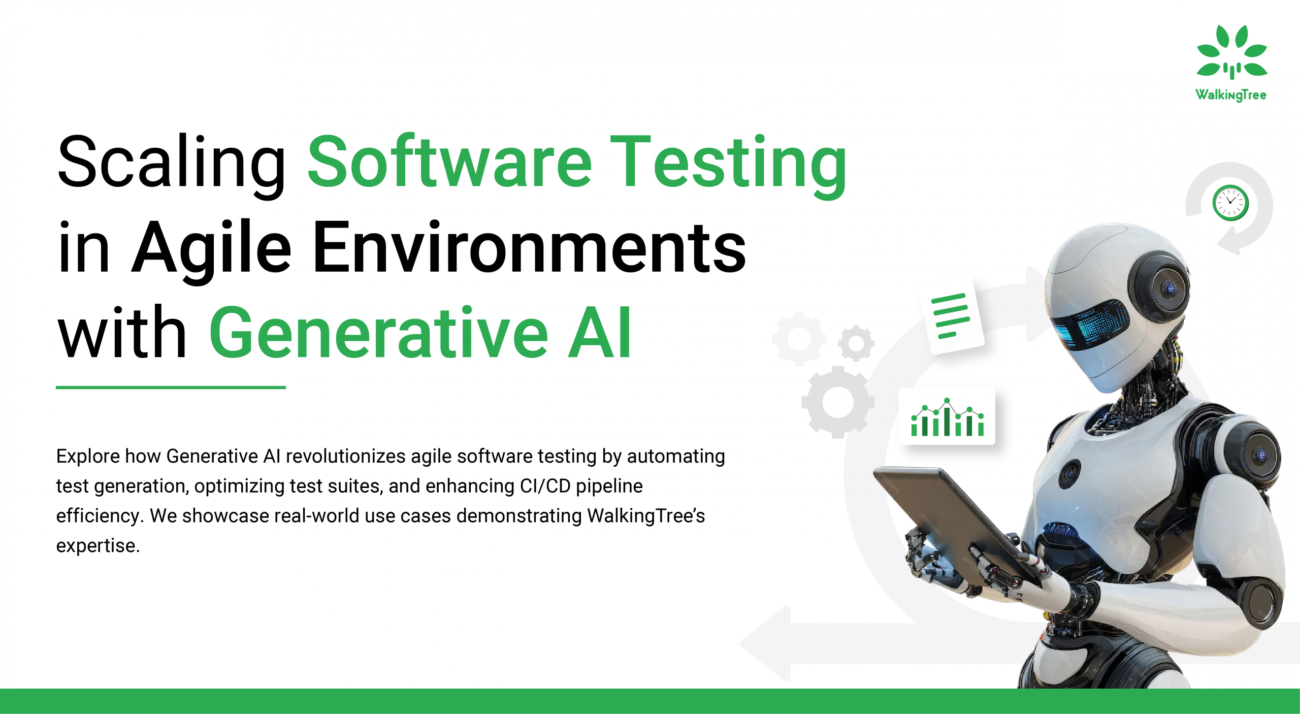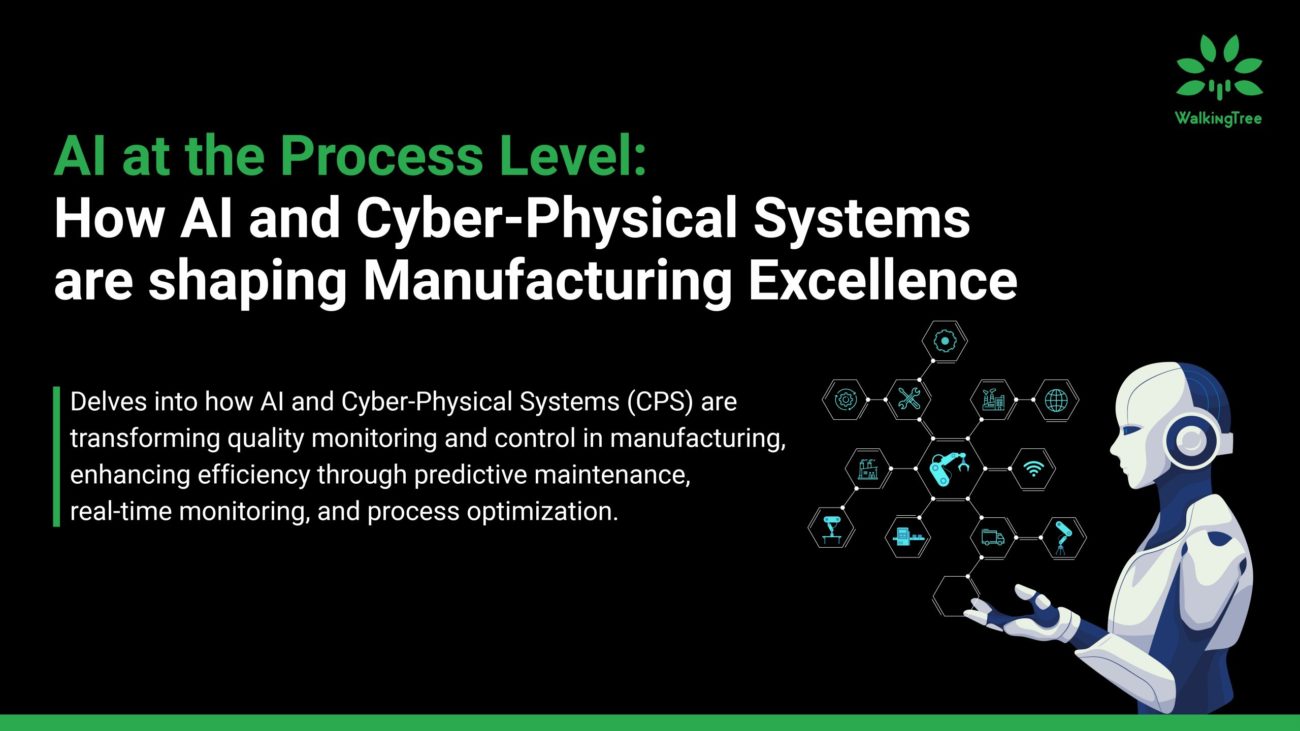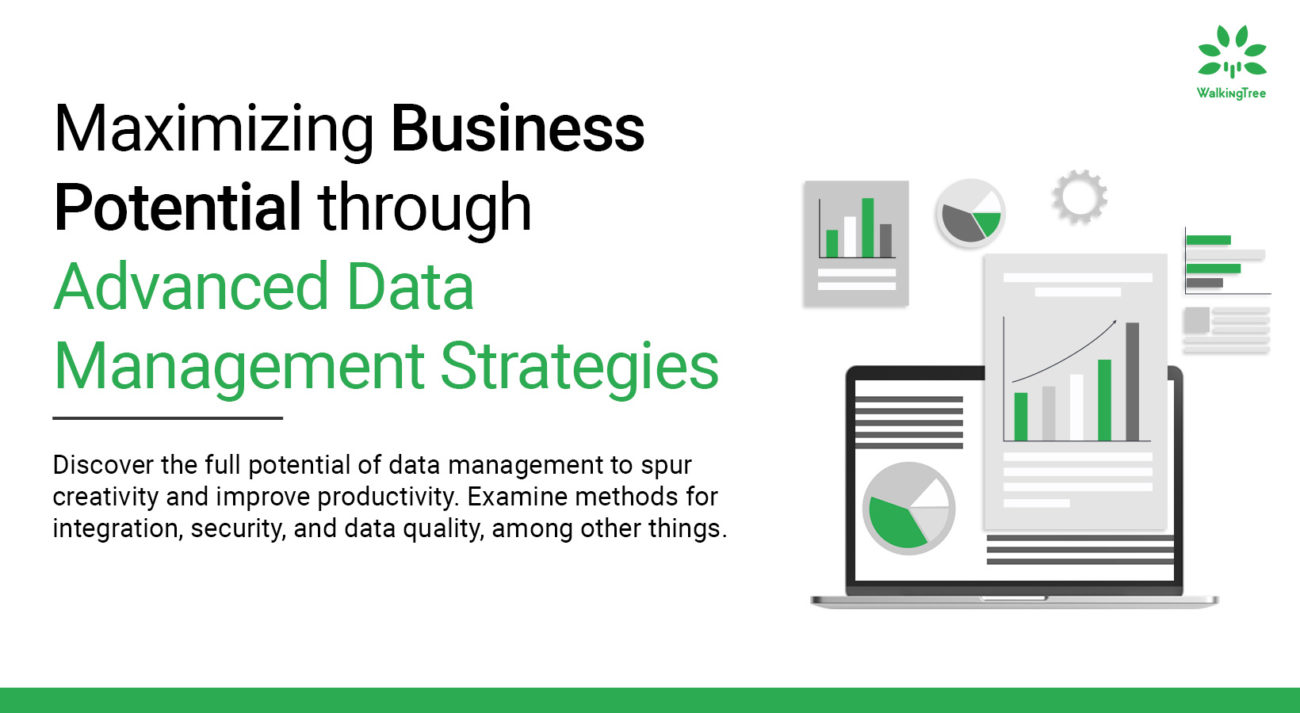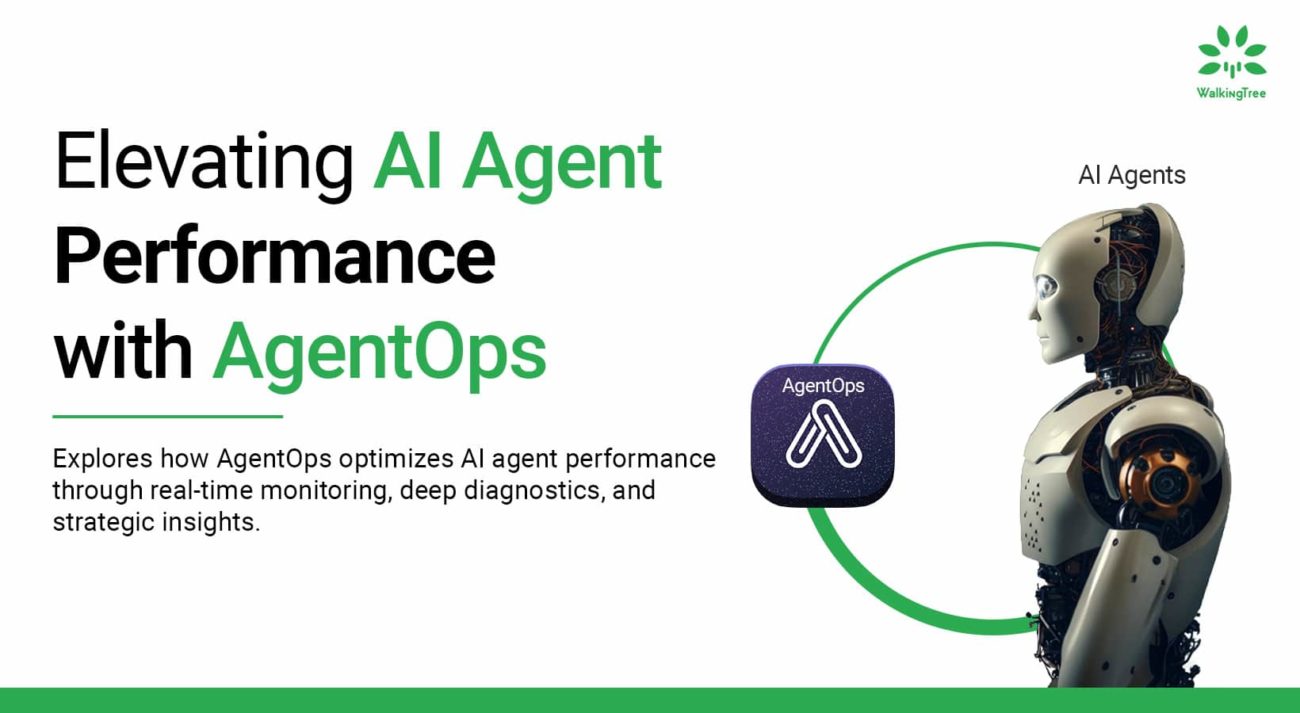
Blogs
The Blueprint for Designing Autonomous AI Agents: A Technical Guide for Business Leaders
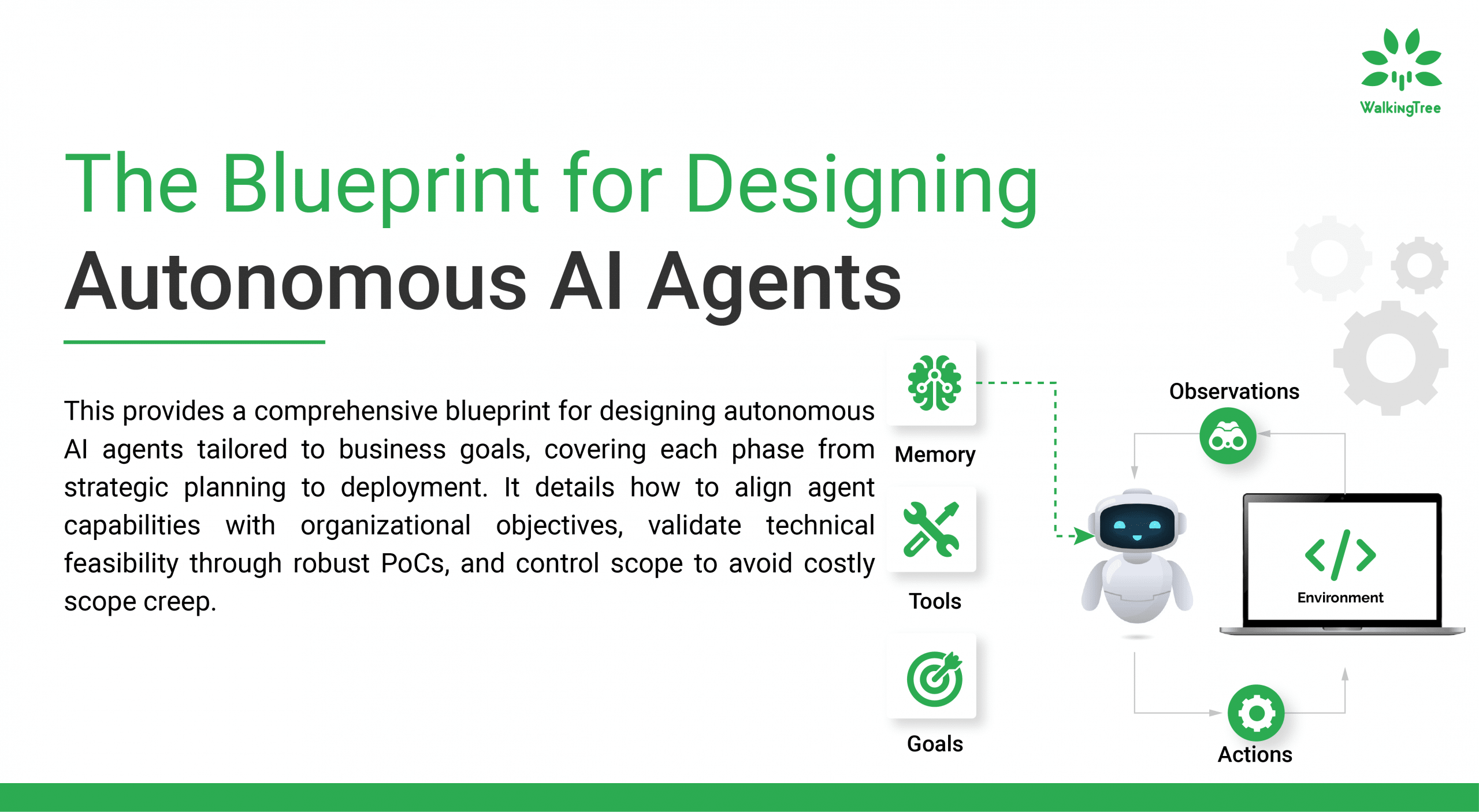

How can companies automate intricate processes and decision-making while making sure these technologies support fundamental company objectives? This is a critical challenge for leaders as companies expand and the need for operational efficiency increases. Autonomous AI agents are the solution, with the ability to improve consumer experiences, cut expenses, and streamline processes. To avoid problems like scope creep, stakeholder misalignment, or poor outcomes, deploying these potent agents calls for careful planning, technical accuracy, and strategic alignment.
This guide is designed to address these challenges head-on, providing leaders with a structured approach to designing and deploying autonomous AI agents. By the end, you’ll have a clear roadmap—from initial planning and stakeholder engagement to defining functionality, conducting feasibility studies, and optimizing for long-term value—that ensures your AI agents operate effectively, sustainably, and with maximum impact for your organization. WalkingTree Technologies designs sophisticated AI-driven systems, and this blueprint reflects our approach to aligning agent technology with core business objectives for sustained impact.
|Comprehensive Planning and Requirement Gathering
Autonomous AI agents need to be specifically designed to achieve certain strategic goals. Therefore, planning is not a box to be checked off; rather, it is the cornerstone that ensures the project’s overall success. Planning well entails coordinating the agent’s capabilities with organizational objectives and laying the basis for a scalable and robust solution.
Defining Agent Objectives
At the outset, the business purpose of the AI agent must be clear. This isn’t simply about functionality but about strategic alignment: How will this agent drive competitive advantage? What is the business value the agent will bring? Whether enhancing customer experience, automating routine tasks, or refining operational efficiencies, the agent’s objectives should reflect the organization’s broader goals.
Stakeholder Engagement as a Strategic Asset
Cross-functional engagement is crucial. By involving IT, compliance, operations, and business strategy leaders early on, teams can map out the operational, legal, and technical frameworks needed for seamless deployment. Early involvement also reduces friction, as stakeholders are aware of the project’s goals and constraints from the beginning, ensuring alignment on priorities and requirements.
Detailed Requirement Documentation
Documenting requirements should be exhaustive, covering not only the agent’s core functionalities but also boundaries, access control, and desired outcomes. A robust requirements document prevents scope creep and creates a reliable point of reference throughout the project lifecycle. Iteratively reviewing this document with stakeholders ensures that everyone remains aligned as the project evolves, allowing for adjustments without compromising focus.
|Feasibility Studies and Proof of Concept (PoC): Testing before full-scale deployment
Before deploying an AI agent on an enterprise scale, leaders must validate its feasibility and performance in a controlled setting. Feasibility studies and PoCs serve to confirm technical viability, economic efficiency, and operational alignment.
Elements of a reliable feasibility study:
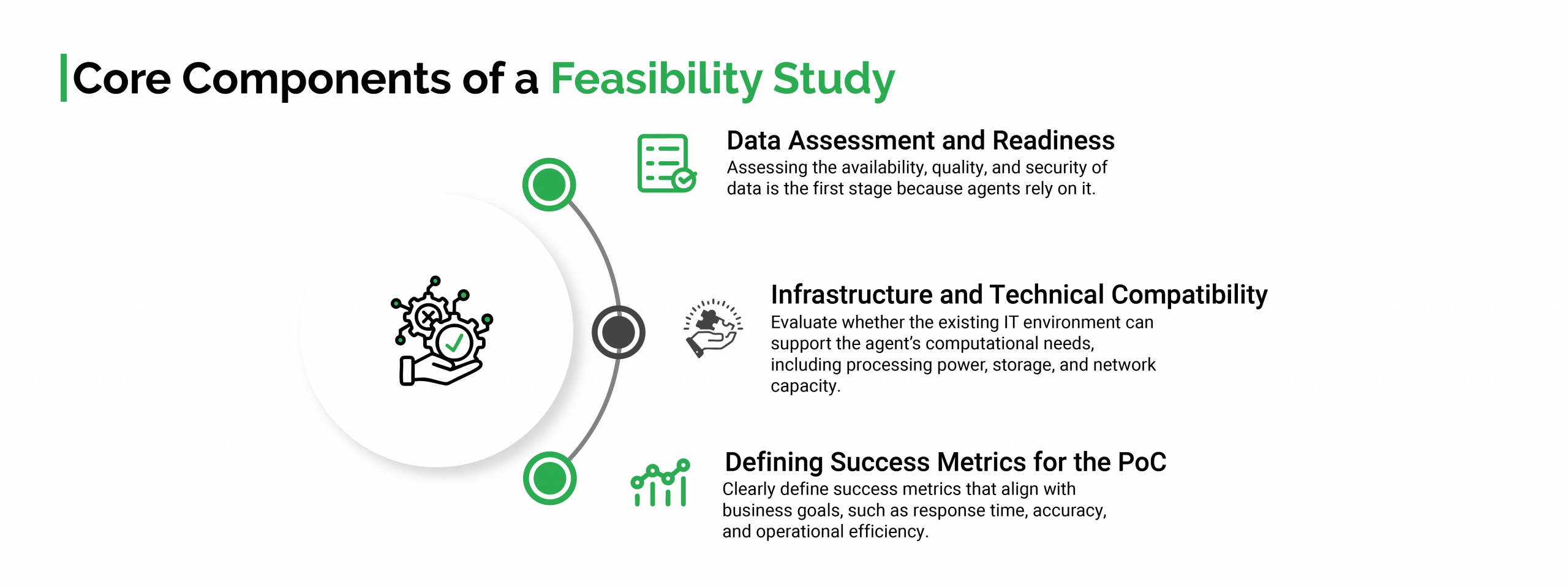
▸ Data Assessment and Readiness: Assessing the availability, quality, and security of data is the first stage because agents rely on it. An agent’s capacity to learn and make judgments can be hampered by inadequate data volume or poor data quality. The data architecture is prepared for agent deployment, which guarantees dependable agent performance.
▸ Infrastructure and Technical Compatibility: Evaluate whether the existing IT environment can support the agent’s computational needs, including processing power, storage, and network capacity. Autonomous agents may require cloud-based infrastructure, especially if they handle large volumes of data or integrate with multiple systems. Scalable, flexible architectures, such as cloud solutions and agent frameworks like Microsoft’s AutoGen, provide the structure and foundation for future growth. Also, making use of popular proprietary models like OpenAI, Anthropic, etc. before moving to open source or small language models can be considered.
▸ Defining Success Metrics for the PoC: Clearly define success metrics that align with business goals, such as response time, accuracy, and operational efficiency. These metrics will help stakeholders determine if the agent meets expected performance levels and justify further investment in its development.
Executing an Effective PoC:
▸ Limit scope to essential functions: Focus on the core functionalities necessary to demonstrate value. For example, if the agent is designed for customer service, limit the PoC to handling common queries and measure its accuracy and speed. Identifying the business function area that will bring maximum value to start the AI journey could be a natural first step.
▸Simulate real-world scenarios: Create controlled environments that mimic operational conditions. For instance, test an inventory management agent on a high-volume day to assess how it performs under stress. This approach reveals any limitations and provides data for iterative improvement. You can consider making use of LLMs for synthetic data creation for simulating the agent interactions and testing the agent performance.
By investing in PoCs that align with real business goals, WalkingTree ensures that autonomous agents are viable, scalable, and capable of delivering measurable results. Our process is designed to maximize value while minimizing risk, enabling organizations to make data-driven decisions on whether to proceed with full-scale deployment.
|Defining Functionality, Scope, and Boundaries to Avoid Scope Creep
Effective AI projects require precise scope management. Autonomous agents are inherently adaptive, but unrestrained functionality expansion can dilute their effectiveness and increase risk. Defining functionality and boundaries early is essential to avoid scope creep and ensure the agent remains aligned with business objectives.
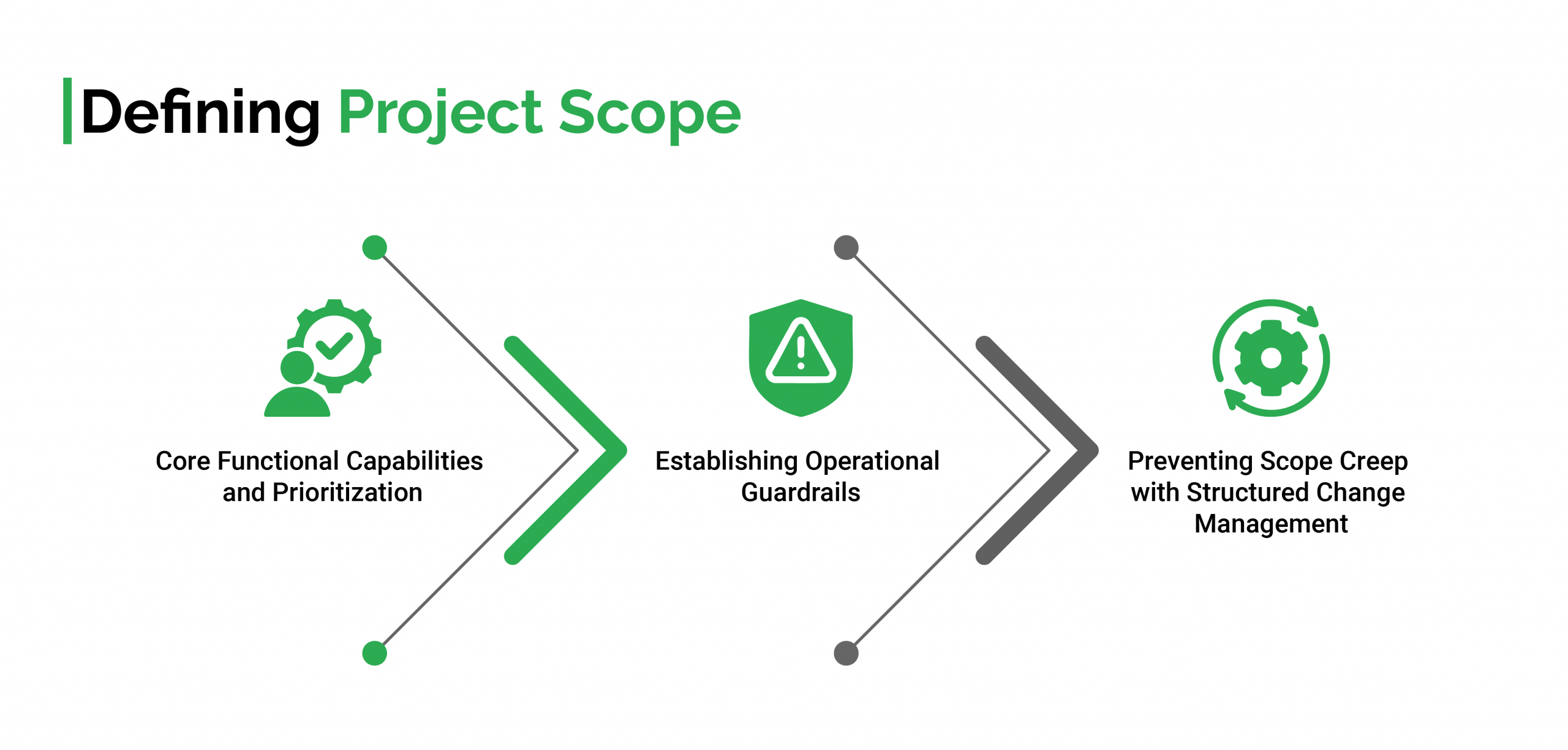 Core Functional Capabilities and Prioritization
Core Functional Capabilities and Prioritization
At this stage, the team must delineate between core and supplementary functionalities. Core functions should directly support the agent’s strategic purpose—whether that’s enhancing customer interactions or automating regulatory compliance. Supplementary functions can be added later through modular updates, ensuring the agent’s initial deployment remains focused and high-impact.
Establishing Operational Guardrails
Operational guardrails are essential for managing an agent’s autonomy. Define restrictions around data access, decision-making thresholds, and inter-system communications. For example, a finance agent might analyze transactional data but require human authorization for executing payments. Introducing these controls minimizes risk while enabling the agent to operate effectively within predefined boundaries.
Preventing Scope Creep with Structured Change Management
Scope creep can compromise an agent’s focus and introduce unnecessary complexity. A structured change management process, coupled with regular assessments, ensures the agent’s functionality expands in alignment with strategic goals. Involving stakeholders in these assessments reinforces control, keeping functionality aligned with business objectives and preventing costly project drift.
With extensive experience in designing adaptable AI systems, WalkingTree establishes clear functionality and boundaries for each agent, ensuring they deliver targeted, measurable outcomes without straying from their core purpose. Our focus on scope control minimizes risks and promotes sustainable scalability.
|Engaging Stakeholders Early for Alignment on Functionality, Performance Metrics, and Business Impact
For autonomous AI agents to succeed, they need more than technical robustness; they need organizational support. Engaging stakeholders early and consistently helps ensure alignment on goals, metrics, and anticipated impact, driving faster adoption and effective integration.
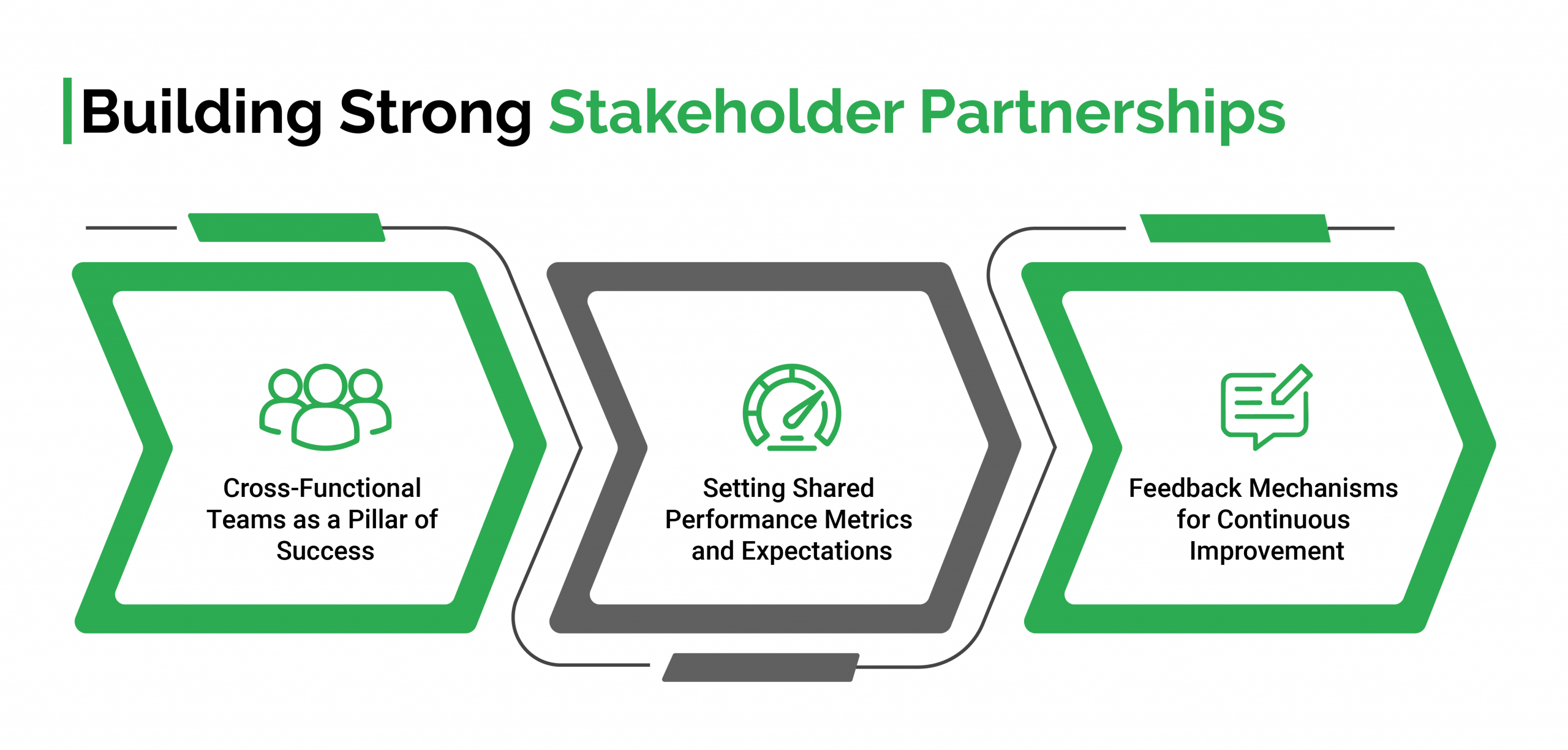 Cross-Functional Teams as a Pillar of Success
Cross-Functional Teams as a Pillar of Success
Autonomous AI agents may impact multiple departments, from IT and data management to customer service and compliance. Establish cross-functional teams comprising representatives from all relevant areas to ensure the agent’s design aligns with organizational processes and regulations. This collaborative approach enhances adaptability, as different teams bring unique perspectives that enrich the agent’s functionality and compliance measures.
Setting Shared Performance Metrics and Expectations
Developing KPIs that are important to stakeholders is essential to monitoring the agent’s progress. Technical performance (response accuracy, system uptime) and business outcomes (efficiency gains, customer satisfaction improvements) should both be measured. Each party involved will have a clear understanding of the agent’s influence if these metrics are aligned across departments, offering a single method to measure the agent’s success.
Feedback Mechanisms for Continuous Improvement
A continuous feedback loop is essential for adapting the agent to real-world demands. Structured feedback mechanisms—from end users, department leads, and technical staff—enable ongoing refinement. With each iteration, the agent can be fine-tuned to better meet organizational needs, ensuring long-term alignment with both business and technical objectives. Also, having a clearly defined feedback loop as part of the solution design can help automate parts of the feedback handling, making it a self-improving system.
WalkingTree prioritizes stakeholder engagement through every phase of deployment, ensuring our solutions are well-integrated and consistently aligned with client goals. Our feedback-driven model empowers clients to adapt their agents effectively as business needs evolve.
|Implementation and Ongoing Optimization
Once an autonomous agent is deployed, the work doesn’t stop. Implementation is just the beginning of a lifecycle that requires consistent monitoring, optimization, and adaptation to meet evolving business needs.
Building a Modular, Scalable Architecture
Agents deployed within a modular architecture can adapt more readily to changes in scope or functionality. Scalable frameworks, such as AutoGen or LoopGPT, support this adaptability by enabling new modules or enhancements to be integrated without overhauling the entire system. This modularity also reduces the risk of downtime, as new features can be tested independently before being added to the core agent.
Integration with Core Business Systems
An autonomous agent needs to integrate with current systems, like CRMs, ERPs, or analytics platforms, smoothly to optimize its value. These linkages reduce the risk of operational silos by guaranteeing that the agent can carry out its duties within the larger IT ecosystem and have access to real-time data for decision-making.
Automated Monitoring and Proactive Maintenance
Effective monitoring systems provide real-time insights into the agent’s performance and alert teams to deviations from expected behavior. By automating this monitoring process, organizations can identify and address issues before they affect performance. Proactive maintenance, such as regular updates to fine-tuning data and scheduled fine-tuning of the model, ensures that the agent continues to function optimally in changing environments. Also, clearly identifying processes and actions that would need a configurable human-review element will also bring an overall control and high reliability of the ecosystem. As the system performance becomes more streamlined and accurate, human review can be removed for the less-critical tasks.
Leveraging Machine Learning for Continuous Improvement
AI agents thrive on learning and adaptation. Depending on the workflow, machine learning models can be integrated to enable the agent to learn from its interactions, refining its algorithms over time. Regular model updates, retraining with new data, and fine-tuning language models keep the agent relevant and accurate, aligning its performance with evolving business goals.
|Building a Resilient Autonomous AI Strategy for Sustainable Business Impact
Autonomous AI agents offer a transformative pathway to operational efficiency, customer engagement, and competitive differentiation. However, their design, deployment, and management demand rigorous planning, stakeholder alignment, and continuous refinement. By following this structured blueprint, business leaders can ensure their AI agents not only fulfill technical and operational requirements but also drive measurable business outcomes.
Autonomous AI agents have the potential to be a crucial differentiator in a competitive market that is being driven by digital transformation. Leaders can optimize the agent’s impact and make sure it is a valued asset in the short and long term by incorporating strong planning, scope control, and stakeholder engagement into the design process. These agents have the power to reshape operational excellence with the right approach, setting up the company for success in an AI-driven future.
WalkingTree Technologies’ years of experience in developing, implementing, and refining advanced AI solutions allow companies to easily incorporate self-governing agents that produce measurable outcomes. Our team specializes in coordinating AI projects with strategic goals and providing high-impact, adaptable, and secure solutions that satisfy the particular requirements of any company.
Contact WalkingTree Technologies for a thorough assessment if your company is prepared to use autonomous AI agents for increased operational excellence and productivity.


